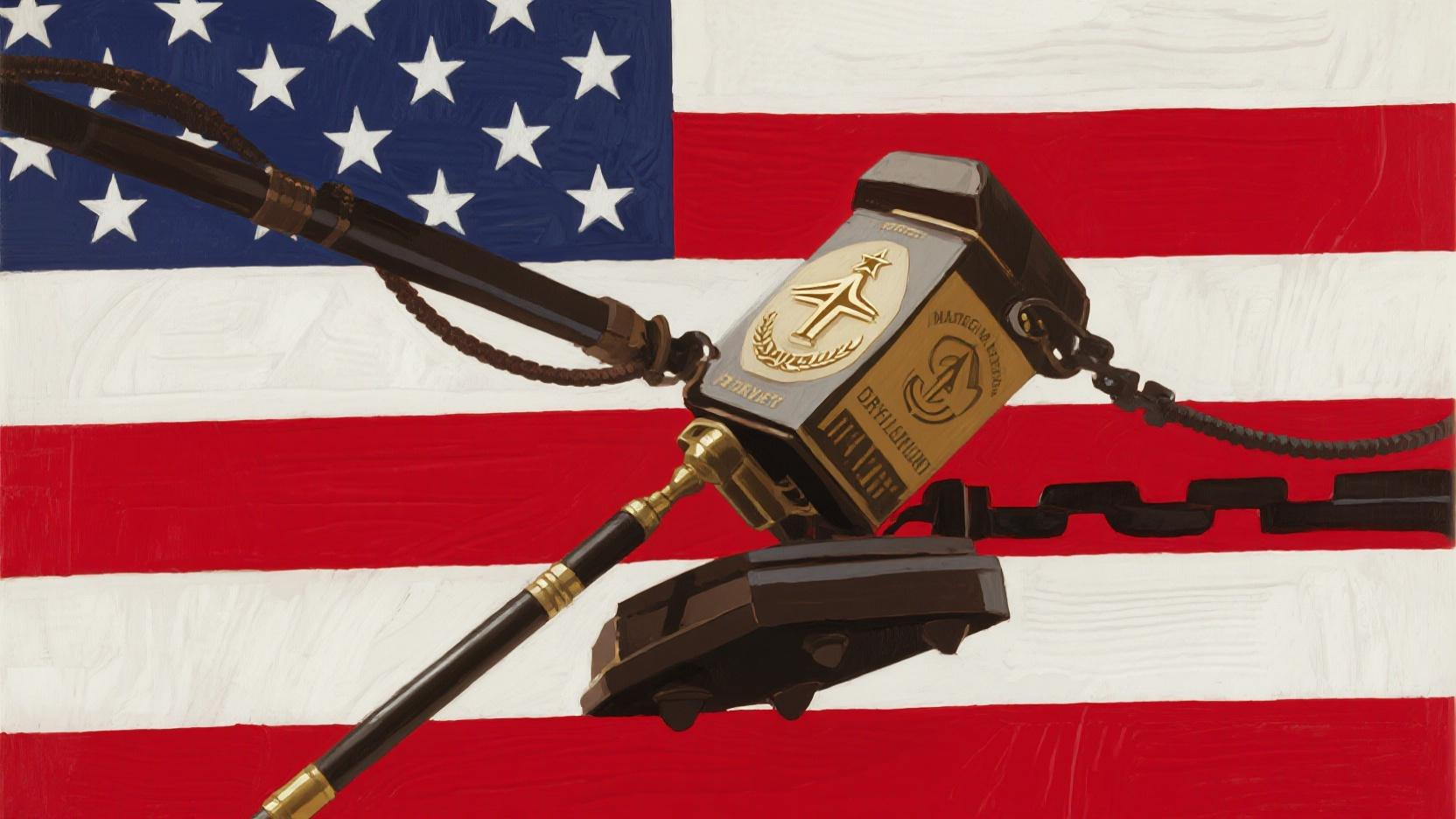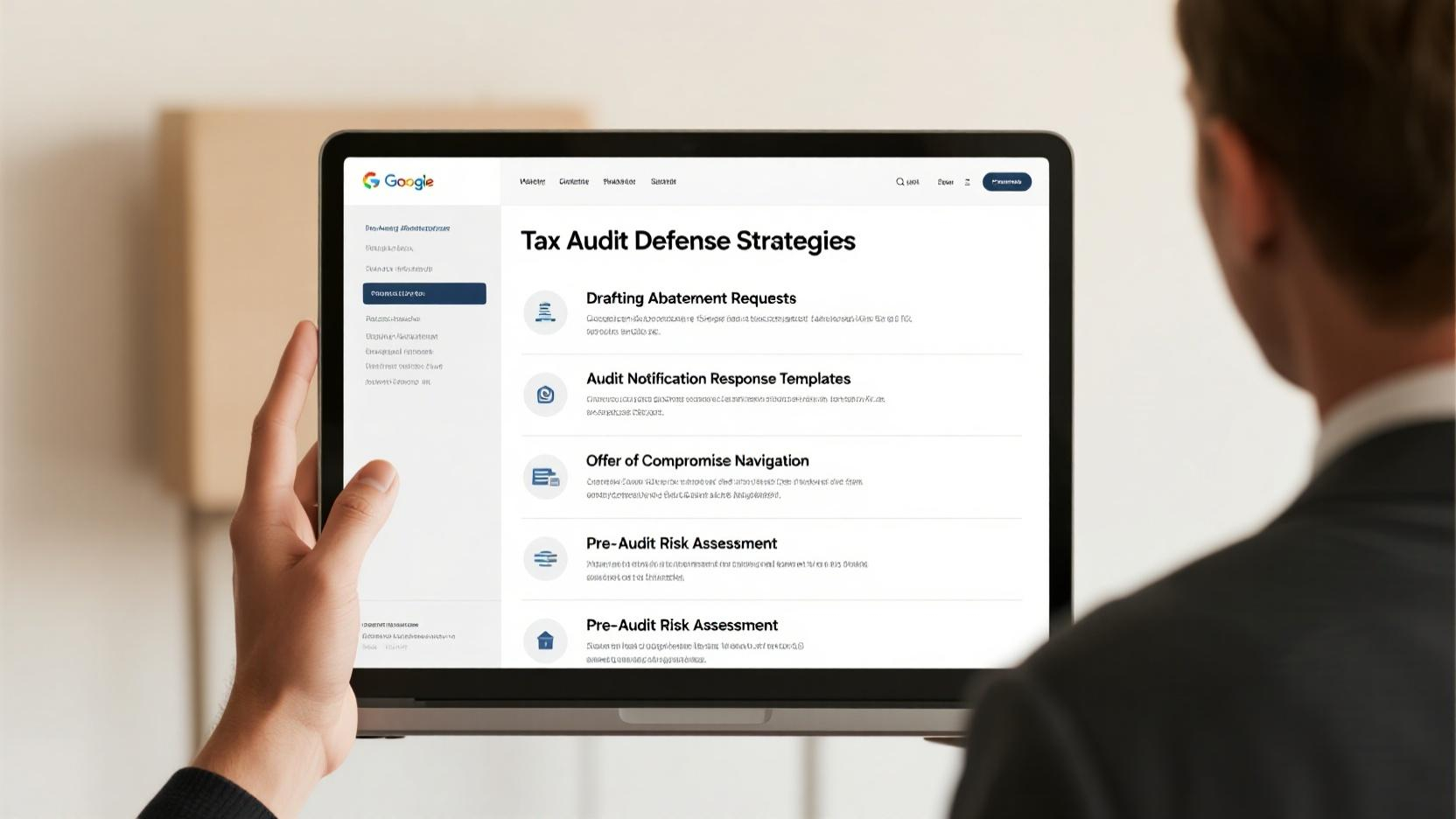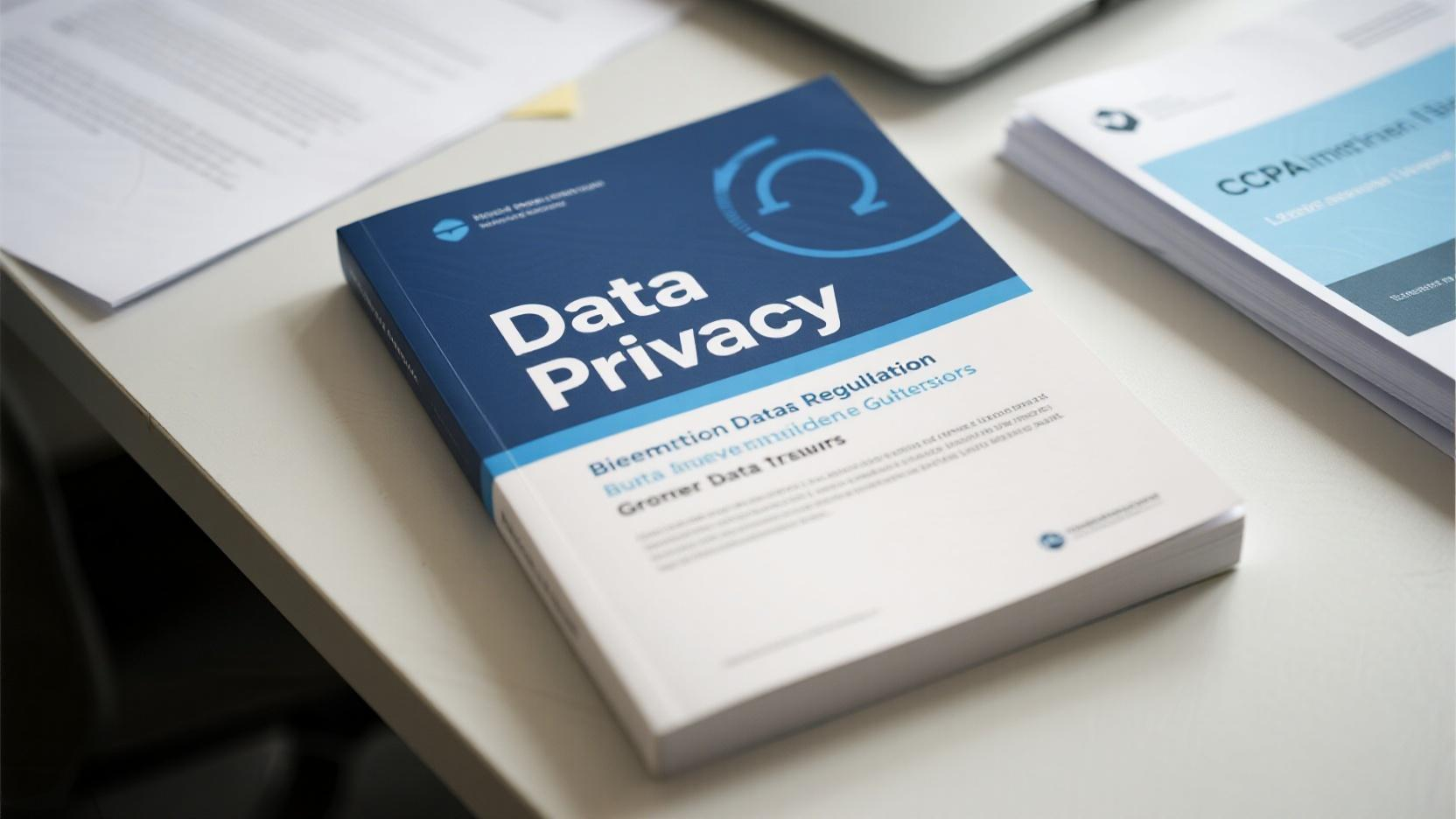Image Source: unsplash
The culture of compliance significantly impacts corporate brand image by enhancing how a company is perceived. Businesses that prioritize honesty and transparency build greater trust among customers, investors, and partners. A strong commitment to doing the right thing not only reduces risks but also fosters a positive reputation within society, ultimately strengthening the corporate brand image.
Key Takeaways
- A good compliance culture helps people trust the company. This trust improves the company’s name and keeps customers loyal.
- Companies that focus on doing the right thing avoid big problems. Obeying rules keeps their image strong and lowers risks.
- Spending money on training and tools for compliance keeps companies safe. It also helps them work better and make more money. Being committed to compliance makes them stand out in tough markets.
What Is a Culture of Compliance?
Definition and Core Principles
A culture of compliance is the heart of ethical companies. It’s more than just following rules; it’s about doing what’s right every time. This culture helps employees know their duties and act by company values.
Several key parts make up this culture. Leaders must show the way by focusing on compliance and setting examples. Clear rules and policies help employees understand what to do. Regular training keeps everyone updated on compliance needs. Checking and reviewing catch problems early, and open talks let workers share concerns safely.
Here’s a simple table showing how compliance is measured:

| Metric | What it Measures | Why It Matters |
|---|---|---|
| Training Completion Rates | How many workers finish training | High rates mean workers care; low rates show issues. |
| Knowledge Assessments | Tests to check what workers know | High scores show good training; low scores show weak spots. |
| Behavioral Transformation | Changes in following compliance rules | Shows if training improves decisions and responsibility. |
These ideas and measures make compliance a normal part of work life.
The Role of Compliance in Shaping Corporate Identity
Compliance affects how people view a company. Companies with strong compliance earn trust and respect. Good leadership ensures accountability, and training builds a compliance-focused attitude.
But ignoring compliance can hurt a company badly. For example, Steinhoff lost its reputation due to accounting problems. HSBC paid $1.9 billion for failing anti-money laundering rules. These cases show that compliance isn’t a choice—it’s needed to build trust and a good company image.
Why a Culture of Compliance Matters for Brand Image
Image Source: unsplash
Building Trust and Credibility
Trust is key for any business to succeed. A compliance culture shows that a company values honesty. When companies follow rules, they gain respect. This trust spreads to customers, workers, and investors.
-
Compliance cultures show ethical behavior by:
- Gaining trust from important groups.
- Proving they care about doing what’s right.
- Avoiding scandals or legal troubles.
When people trust a business, they support it more. This trust makes the brand stronger and builds loyalty over time.
Enhancing Reputation Through Ethical Practices
Ethical actions shape how people see a company. Companies with strong ethics often have better reputations. For example, Patagonia’s "Don’t Buy This Jacket" campaign promoted sustainability. This bold idea raised their sales by 30% in 2012. But bad actions can ruin reputations. Volkswagen’s emissions scandal cost them $30 billion in fines and lost sales.
| Company | Ethical Action Example | Result/Impact |
|---|---|---|
| Patagonia | ‘Don’t Buy This Jacket’ campaign | 30% rise in sales in 2012 |
| Volkswagen | Emissions scandal | $30 billion in fines and lost sales |
| General | Ethical brands | 4% higher stock prices |
| Top 10% firms | High reputation scores | 18% return on equity vs. 10% for bottom firms |
These examples show that good ethics help brands grow. Bad ethics can cause big financial and reputation losses.
Aligning with Corporate Social Responsibility (CSR)
Corporate Social Responsibility (CSR) connects businesses to community values. Companies that follow CSR goals often stand out. A compliance culture helps meet legal and ethical rules. It also addresses social and environmental issues. This appeals to customers who care about fairness and sustainability. It also attracts investors who want responsible companies.
By following compliance, businesses show they care about more than money. They prove they want to improve the world. This not only boosts their brand image but also makes them unique in the market.
How Culture of Compliance Impacts Corporate Brand Image
Reducing Risks and Protecting Reputation
A compliance culture helps companies avoid big problems. It stops legal issues and protects their reputation. For example, using real-time data can find hidden risks early. This lets businesses fix problems before they grow. Companies that track compliance with data can act fast and make smart choices.
Ignoring compliance can cause serious damage. In 2013, Target’s data breach cost $162 million. It also made 46% of customers lose trust. Uber also faced fines for breaking consent rules, hurting its image. These cases show how ignoring rules can harm a brand. But companies that focus on compliance avoid penalties and earn trust.
Building Trust with Stakeholders
Compliance helps companies build trust with important groups. When businesses act ethically, they gain respect from customers, workers, and investors. Companies that care about compliance make stakeholders feel safe. For example, HSBC paid $1.9 billion in fines for breaking money-laundering rules. This hurt their trust with stakeholders.
A compliance culture shows that a company values honesty and responsibility. This trust creates loyalty and long-term support, which strengthens the brand.
Standing Out in Competitive Markets
In busy markets, compliance makes a company special. Companies with strong compliance are trusted more by customers and partners. Research shows top companies with good reputations earn 7.5% more money than others. Ethical actions also help companies follow rules better, giving them an advantage.
A compliance culture helps a company stand out. It avoids risks and shows leadership in its field. This makes a big difference in crowded markets.
Challenges in Building a Culture of Compliance
Overcoming Resistance to Change
Creating a compliance culture can face pushback from workers. Some employees think compliance rules are too strict or unneeded. This attitude can slow progress and cause team conflicts. To fix this, it’s important to explain why compliance matters. Workers should see how it protects the company and their jobs.
Resistance also happens when workers don’t understand the rules. Many don’t know why regulations are important or how they affect daily work. Regular training and open talks can help solve this problem. Uneven rule enforcement across teams can also hurt efforts. If rules aren’t applied fairly, it confuses workers and weakens trust.
| Challenge | Description |
|---|---|
| Resistance to Change | Workers may see compliance as strict or pointless. |
| Lack of Awareness | Not knowing rules can lead to mistakes. |
| Inconsistent Enforcement | Unfair rule application lowers trust in compliance. |
| Resource Constraints | Small budgets and staff make compliance harder to manage. |
| Complexity of Regulations | Complicated rules need experts to handle them well. |
Balancing Compliance with Business Goals
Following rules while meeting business goals can be tricky. Strict compliance might seem like it slows innovation or work speed. But using "substantial compliance" can help. This means following most rules while allowing small, harmless exceptions.
For example, industries like healthcare use this method to stay flexible. They follow key rules but allow minor adjustments to keep running smoothly. This balance helps companies avoid big penalties while staying efficient.
-
Tips for balancing compliance:
- Substantial compliance allows small, safe rule adjustments.
- Strict compliance avoids risks but may punish small errors.
- Industries like healthcare benefit from mixing these approaches.
Navigating Global and Industry-Specific Regulations
Global and industry rules make compliance harder. Companies working in different countries face unique challenges. Rules change by location, so businesses must adapt fast. For example, 63% of compliance workers say they now handle more tasks in-house to manage these issues.
Costs for compliance experts and ESG (Environmental, Social, and Governance) reporting are rising. Companies need to hire skilled workers and use better tools. A survey shows 75% of businesses plan to spend more on data tools for compliance.
Image Source: statics.mylandingpages.co
To handle these challenges, companies should act early. They should hire experts, invest in technology, and stay flexible to changes.
Strategies to Build a Culture of Compliance
Leadership’s Role in Compliance
Leaders are key to creating a compliance culture. They must show ethical behavior and follow rules themselves. When leaders share real stories about compliance, it inspires workers. Their actions teach employees what is important in the company.
To succeed, leaders should:
- Find risks that could cause compliance problems.
- Share clear rules that match company goals.
- Let workers report problems without being scared.
Tip: Workers trust leaders who are fair and make open decisions.
Teaching Employees About Compliance
Training helps workers understand compliance better. Regular sessions teach them how to handle challenges. For example, learning about specific industry rules lowers legal risks. It also helps workers make better choices.
| Metric | Description |
|---|---|
| Knowing the rules | Helps workers follow industry-specific guidelines. |
| Spotting risks early | Finds problems before they grow, keeping the company safe. |
| Honest workplace culture | Builds trust and responsibility across all teams. |
Training not only lowers risks but also builds trust with customers and partners.
Using Technology for Compliance
Technology makes compliance easier to manage. Automated tools check for problems in real time. For example, AI can find unusual activities and create reports. Blockchain keeps records safe and clear for everyone to see.
Note: Real-time data tools help companies fix issues quickly before they get worse.
By combining strong leadership, good training, and smart technology, companies can build a lasting compliance culture.
Real-World Examples of Compliance Culture Enhancing Brand Image
Image Source: pexels
Case Study: Success Stories in Compliance
Some companies use compliance to improve their brand. They don’t just follow rules—they make compliance part of who they are. Here are a few examples:
| Company | Compliance Strategy | Impact on Reputation and Profitability | Source |
|---|---|---|---|
| Salesforce | Equal pay practices | Better employee productivity and more innovation | Source |
| JPMorgan Chase | Advanced compliance tools | 20% better efficiency and 15% more investor trust | Source |
| Volkswagen | Non-compliance (emissions scandal) | Lost $30 billion in market value | Source |
Salesforce focused on equal pay, which made workers happier and more creative. JPMorgan Chase used smart compliance tools to work faster and gain trust. These examples show how following rules can help a company grow and succeed.
Lessons from Compliance Mistakes
Not all companies succeed with compliance. Some fail and face big problems. Here are lessons from their mistakes:
- Volkswagen’s emissions scandal cost them $30 billion in fines and recalls. This shows how breaking rules can ruin finances.
- Since 2020, global data privacy fines have gone over €6.6 billion. This proves that governments are enforcing rules more strictly.
- In the U.S., lawsuits for data privacy issues doubled from 2022 to 2023. This shows the risks of ignoring compliance are growing fast.
These failures prove that compliance is necessary. Companies must follow rules to avoid losing money and damaging their reputation.
A compliance culture is key to shaping a company’s image. It builds trust, lowers risks, and supports ethical values. Companies that focus on compliance often succeed and stay ahead.
- Strong compliance earns customer trust and attracts responsible investors.
- Breaking rules can cause big problems, like Volkswagen’s $33 billion scandal or Target’s $162 million data breach.
- Research shows 83% of leaders think compliance boosts profits and sustainability.
Making compliance part of daily work helps companies grow and keep a good reputation.
FAQ
Why is a compliance culture important for a company?
A compliance culture helps people trust the company. It proves the company cares about honesty and doing the right thing. This trust makes customers, workers, and investors feel closer to the company.
How does following rules affect a company’s reputation?
Following rules makes a company look honest and fair. It helps avoid big problems and earns respect from others. This respect improves how people see the company.
Can following rules help a company make more money?
Yes! Following rules lowers risks and brings in good investors. Studies show companies with strong rule-following often earn more money and stay successful longer.












